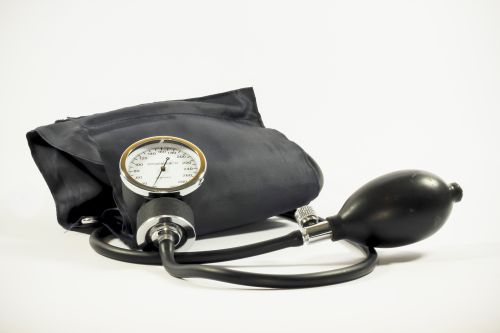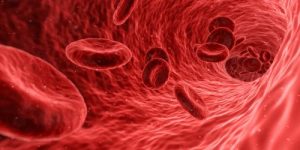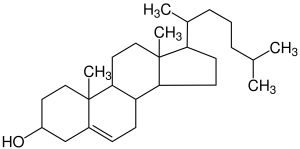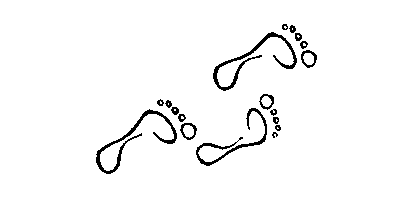Sport is good for health – no doubt about it. However, every active person should be aware of their health, both at the start of their adventure with sport and later on. Periodic examinations enable us to verify our health, additionally showing the progress made during training. How often should one make a health check? And what tests are particularly important for runners?
HOW OFTEN
While performing endurance sport, i.e. running, you should control your heart rate and blood pressure regularly. Those who start regular workouts or return to them after a longer break should check their health before taking up physical activity.
Regular trainees should also examine – such a preventive examination icluding the runner’s heart and the whole body should be performed at a frequency of 2-4 times a year. An intense training in preparation for the marathon is another case; at that time, the exhausting training sessions can be accompanied by a follow-up check up every two weeks. And what tests are recommended?

BASIC MEDICAL CHECKS
The primary test for runners is resting ECG. Why is it so important? Because it evaluates the basic work of the heart. You may also want to do another study – ECHO of the heart, which allows you to rule out developmental and acquired defects of the heart, which often remain unrecognized until the test.
Those who train very intensively should undergo stress ECG, assessing the heart of the runner in dynamic conditions, such as on the treadmill.
Equally important is the determination of blood parameters that will comprehensively assess your health and allow you to observe beneficial changes that result from regular physical activity.
MOST IMPORTANT TESTS
– morphology, especially the level of hemoglobin (Hb) and hematocrit (Ht), i.e. the ratio of red blood cell volume to total blood volume; These tests allow for the evaluation of the functioning of the blood-forming system and may exclude anemia; It is worthwhile to take into account the regular training – typically a lowered hematocrit may indicate an anorexic malformation, while with a training person occurs compensating blood thinning and therefore a decrease in the hematocrit level; To distinguish between these two states, the mean value of the red blood cell volume (or MCV) is taken into account – when low Ht and low Hb are accompanied by a low MCV, probably the cause is iron deficiency anemia
training person occurs compensating blood thinning and therefore a decrease in the hematocrit level; To distinguish between these two states, the mean value of the red blood cell volume (or MCV) is taken into account – when low Ht and low Hb are accompanied by a low MCV, probably the cause is iron deficiency anemia
– leucocytes, or white blood cells, are marked within the scope of morphology; Their growth is most often accompanied by infections and inflammation, but be aware – after an intensive workout, leucocyte level rise is a natural physiological effect and should not worry unless it lasts longer than one day
 – iron level, which determines the formation of red blood cells and oxygenation of the whole body, and therefore also muscle strength
– iron level, which determines the formation of red blood cells and oxygenation of the whole body, and therefore also muscle strength
– lipid profile, i.e. cholesterol and triglyceride levels in the blood; This test is necessary to assess the risk of atherosclerosis, ischemic heart disease or heart attack; with the progress of training, these parameters – if they were too high – should normalize
– Determination of levels of ions: sodium, potassium and magnesium, which are essential for the proper functioning of skeletal and cardiac muscles.
– Liver tests: AspAt, AlAt, ALP and bilirubin
– Fasting and random (at any point in the day) glucose levels – allows you to estimate the risk of diabetes and episodes of hypoglycemia, i.e. an excessive drop in blood glucose
It is also good to perform a general urine test. With active persons it is possible to occur the so-called Proteinuria, which is not a cause for concern, unless accompanied by bacteria in the urine, numerous leukocytes or epithelia.
If you find this article interesting, please share it with others using the social media buttons below the article. If you do not want to share, maybe at least like it? :-)
____________
Author:
Gajda-Med Group, www.gajdamed.pl



